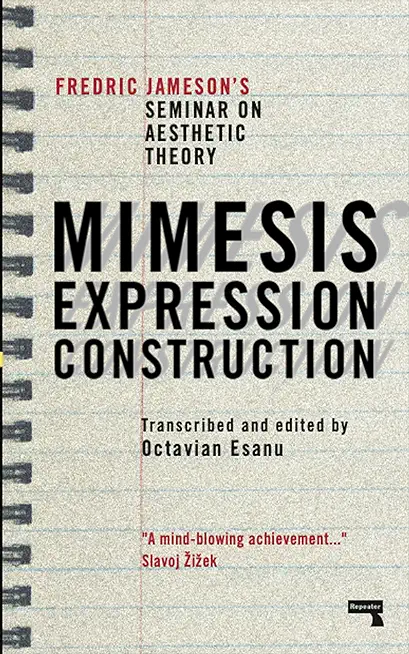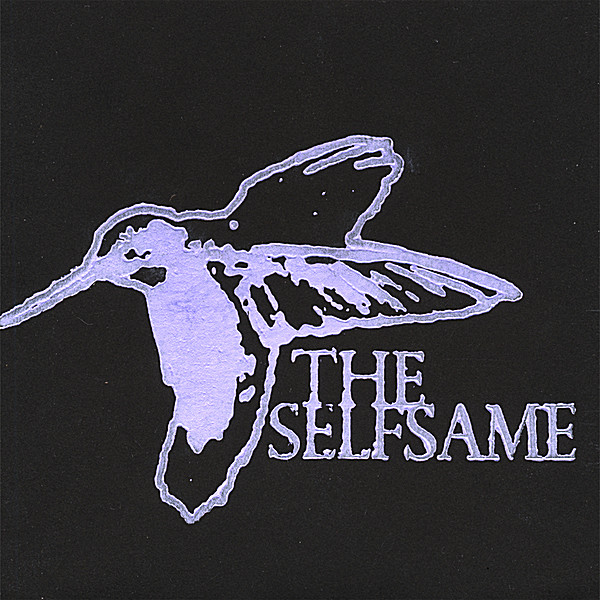
Loughnane, Adam
product information
description
9In Merleau-Ponty and Nishida, Adam Loughnane initiates a fascinating new dialogue between two of the twentieth century's most important phenomenologists of the Eastern and Western philosophical worlds. Throughout the book, the reader is guided among the intricacies and innovations of Merleau-Ponty's and Nishida's ontological approaches to artistic expression with a focused look at a rarely explored connection between faith and negation in their philosophies. Exploring the intertwining of these concepts in their broader ontologies invokes a reappraisal of the ambiguous status of religion and art in the writings of both thinkers. Measuring these ambiguities, the ontologies of Flesh and Basho are read in-depth alongside great artworks and the motor-perceptual practices of seminal landscape artists such as C zanne, Sesshū, Taiga, and Hasegawa, as well as other major figures of European, Chinese, and Japanese art history. Loughnane studies these artists' bodily practices, focusing on the intimate relations realized with the landscapes they paint, and illuminating a valence of their expressive disciplines as a motor-perceptual form of faith. Merleau-Ponty and Nishida is an exciting intercultural reading, expanding two philosophers' projects toward new horizons of research, revealing incitements in their writings that challenge unambiguous distinctions between art, philosophy, faith, and ultimately philosophy East and West.
member goods
No member items were found under this heading.
Return Policy
All sales are final
Shipping
No special shipping considerations available.
Shipping fees determined at checkout.







